The Goldeneye comprises a group of duck species that live in North America and the Northern Hemisphere. There are three species, all of which researchers place in the taxonomic genus Bucephala.
The three different species of these birds are the Common Goldeneye, Barrow’s Goldeneye, and the Bufflehead. For our purposes, we will focus on the widespread common Goldeneye. Read on to learn about the Goldeneye.
Description of the Goldeneye
Like most duck species, the female Goldeneye has much more muted plumage than her male counterparts. Females have deep brown heads, light brown sides, and beige underbellies.
Males have dark black heads with greenish iridescence, a white patch near their bills, and white/light grey feathers on their sides and wings. They measure about 18 inches, and usually weigh 1– 2 pounds.
Interesting Facts About the Goldeneye
These birds are unique little ducks with beautiful and striking plumage. Learn more about what makes them unique below.
- Whistler – When these ducks fly, their wings make a distinct whistling noise. Because of this, duck hunters nicknamed this species the “whistler.”
- Complex Courtship – These ducks like to strut their stuff when mating season rolls around. Paired Goldeneyes perform a number of courtship dances and behaviors. A single pair can perform 14 different dances!
- Nesting Frenzy – During the breeding season, this species likes to lay its eggs in nesting cavities, particularly in trees. They can’t build these cavities themselves, so they use abandoned nests, or lay their eggs in the nests of other ducks!
- Bouncing Ducklings – Sometimes these birds nest in cavities up to 40 ft. above the ground, and the ducklings don’t wait until they can fly to leave! Just one day after they hatch Goldeneye ducklings take the plunge and jump out of their nest. Once they’re all on the ground, their mother collects them and brings them to the water.
Habitat of the Goldeneye
Common Goldeneyes inhabit different habitats during different times of year. While they are breeding, Commons live in lakes, rivers, and ponds with dense forests nearby. Their nesting habitats must have adult trees so that they can find cavities to lay their eggs in.
Outside of the breeding season these ducks live along coastlines, in lakes, streams, rivers, wetlands, and estuaries. They prefer foraging in shallow, slow moving waters.
Distribution of the Goldeneye
This species has an incredibly wide distribution. While most other Goldeneyes only live within North America, Common Goldeneyes range throughout the Northern Hemisphere.
They breed in the northern reaches close to the Arctic Circle, primarily in Canada, Europe, and Russia. During the winter they migrate south into the United States, parts of southern Europe, some regions in the Middle East, and southeast Asia.
Diet of the Goldeneye
These ducks are insectivores, and feed primarily on insects and insect larvae. They eat a variety of different aquatic insects, as well as small fish, shrimp, crabs, barnacles, and more. Some of their favorite prey species include dragonfly and mayfly larvae, beetles, salmon eggs, and a variety of crabs.
While feeding, Goldeneyes dive underwater and swim about in search of food. They prefer hunting in waters less than 15 ft. deep. Most dives last less than a minute as the ducks swim about in open water snatching up prey.
Goldeneye and Human Interaction
Humans hunt these ducks in various regions across their wide range. They also suffer when humans destroy aquatic habitats like wetlands and estuaries.
Pollution also impacts these ducks and the aquatic prey that they feed on. Despite these threats, all three species have healthy populations. The IUCN lists the Common Goldeneye as Least Concern.
Domestication
Humans have not domesticated these birds in any way.
Does the Goldeneye Make a Good Pet
No, Goldeneyes do not make good pets. They might be cute, but they are wild ducks and do not enjoy human contact. There are many different breeds of domestic duck you can choose from instead!
Goldeneye Care
Some zoos keep various Goldeneye species. Most live in large, walk-through aviaries with a variety of plants, shrubs, trees, and water features to swim in. They usually live in small flocks or pairs, depending on the species and the season.
Zookeepers vary their diet based on the species. They feed them a variety of insects, small fish, shrimp, and pelleted insectivore diet. Zoos provide nest boxes for breeding pairs to lay their eggs in.
Behavior of the Goldeneye
Goldeneyes are diurnal ducks and spend most of their day foraging for food or socializing. Their social behavior varies based on the season. Outside of the breeding season these ducks are social and live in small flocks. Flocks migrate together, moving south to avoid harsh weather.
As the breeding season arrives, pairs break off into small territories. Once they have bred, the males move off to the wintering grounds and the females care for their young alone. Females are solitary during this time and do not flock together with other females.
Reproduction of the Goldeneye
Females lay their eggs in nesting cavities or nest boxes. They lay eight or nine eggs on average, but can lay up to a dozen or so eggs per clutch. It takes about a month for the eggs to hatch and the ducklings jump from their nesting cavity when they are just one day old.
Females abandon the ducklings when they are about five or six weeks old. Once they are two months old the ducklings are fully fledged and can fly.

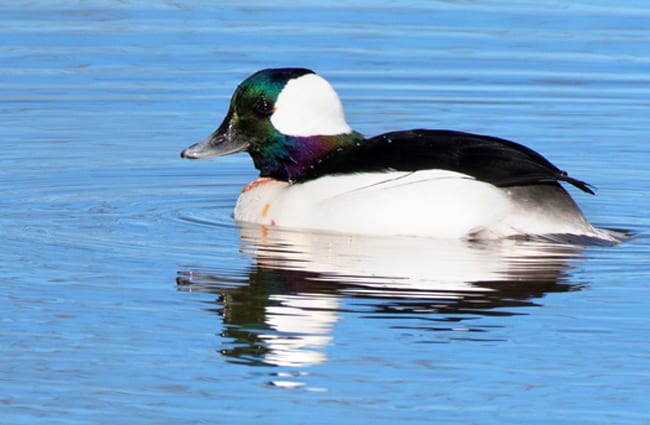

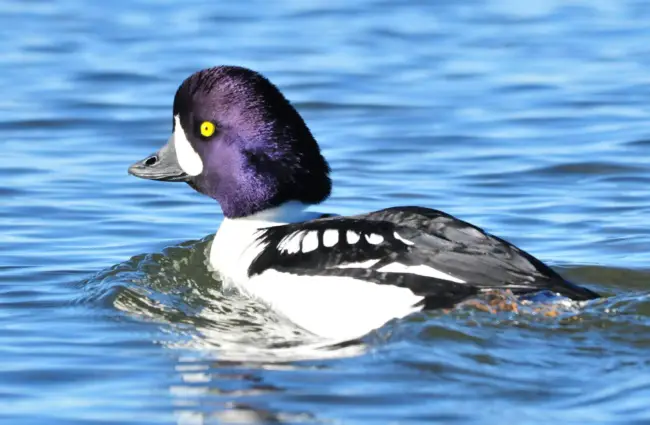

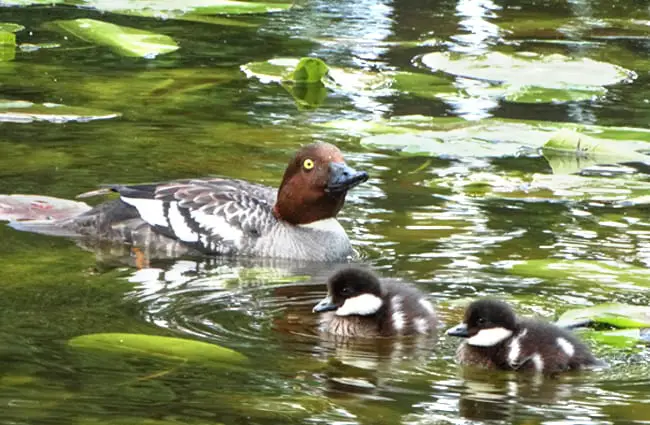
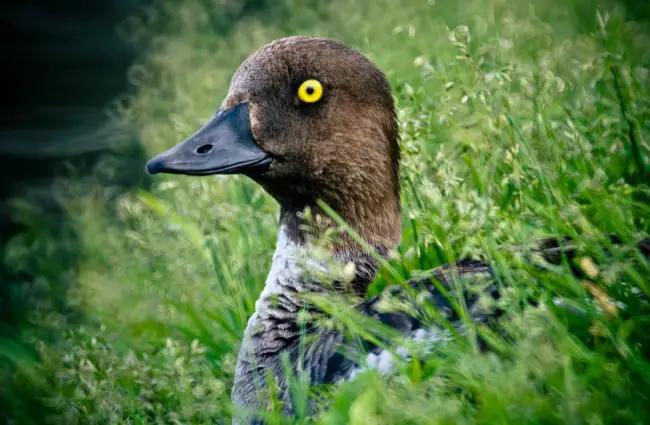
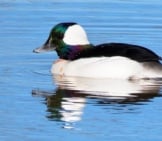





![Red Angus Closeup of a beautiful Red Angus cowPhoto by: U.S. Department of Agriculture [pubic domain]https://creativecommons.org/licenses/by/2.0/](https://animals.net/wp-content/uploads/2020/03/Red-Angus-4-238x178.jpg)












![Red Angus Closeup of a beautiful Red Angus cowPhoto by: U.S. Department of Agriculture [pubic domain]https://creativecommons.org/licenses/by/2.0/](https://animals.net/wp-content/uploads/2020/03/Red-Angus-4-100x75.jpg)

